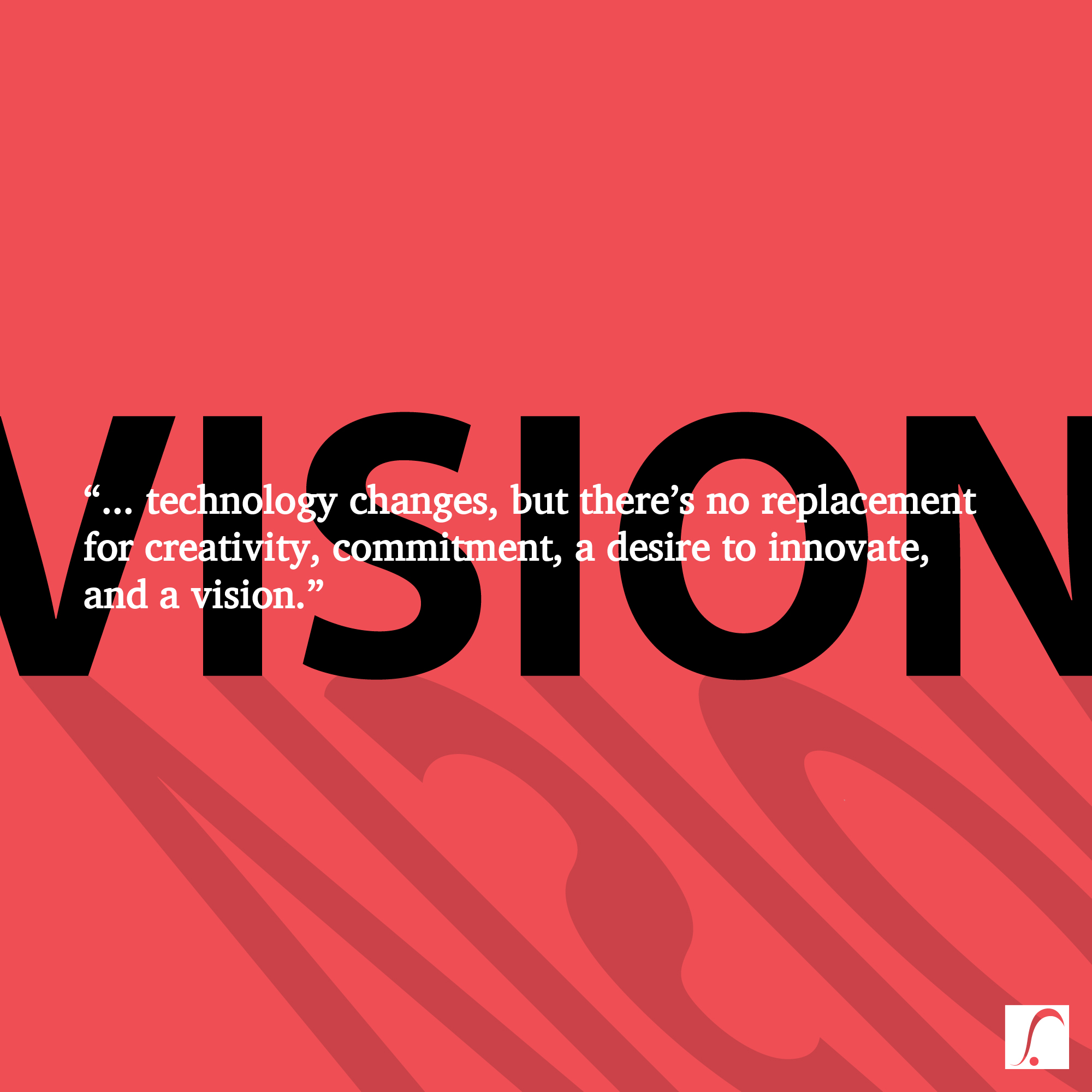 One of the first times motion control was used in film production was for Star Wars. The team tasked with heading up the special effects for the film needed to come up with solutions to a number of challenges in order to deliver on George Lucas’ ambitious vision. One of those challenges was in making space battles look unbelievably epic while at the same time real enough to be believable. Rather than moving the models while filming from a stationary point, as was traditionally done, John Dykstra, the film’s visual effects supervisor, along with his team, devised a plan to move the cameras and keep the models stationary. They programmed camera movements with a PDP-11 computer, a giant hulking piece of equipment that resembled a soft-serve ice cream machine. The results won them an academy award. That was 1978. Forty-three years later, and the motion control devices that we have access to can move cameras at faster speeds with incredibly accurate repetitive movements, and can be programmed through an interface no bigger than a mobile phone, but Star Wars still remains one of the most successful franchises in the world. The point being, technology changes, but there’s no replacement for creativity, commitment, a desire to innovate, and a vision.
One of the first times motion control was used in film production was for Star Wars. The team tasked with heading up the special effects for the film needed to come up with solutions to a number of challenges in order to deliver on George Lucas’ ambitious vision. One of those challenges was in making space battles look unbelievably epic while at the same time real enough to be believable. Rather than moving the models while filming from a stationary point, as was traditionally done, John Dykstra, the film’s visual effects supervisor, along with his team, devised a plan to move the cameras and keep the models stationary. They programmed camera movements with a PDP-11 computer, a giant hulking piece of equipment that resembled a soft-serve ice cream machine. The results won them an academy award. That was 1978. Forty-three years later, and the motion control devices that we have access to can move cameras at faster speeds with incredibly accurate repetitive movements, and can be programmed through an interface no bigger than a mobile phone, but Star Wars still remains one of the most successful franchises in the world. The point being, technology changes, but there’s no replacement for creativity, commitment, a desire to innovate, and a vision.
Approaching a video project with “we need something unique,” is not enough. You have to know what you expect from “unique” – what the vision is. Engaging with a production company at the ‘vision’ step is important, as they will have insights on ways to achieve that vision, but most importantly they will be able to share that vision, explore creativity, embrace innovation, and commit to the success of the project.


